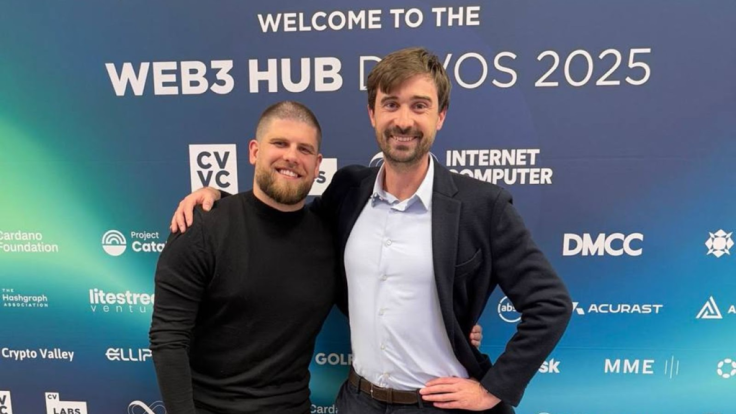Centralized Compute Will Not Scale: The Case for Citizen-Owned Infrastructure

For all the fervor and hype surrounding artificial intelligence (AI), a problem constantly lurking in the shadows that rarely makes it into keynote speeches or glossy pitch decks—we're running out of compute.
The surge in demand for Graphic Processing Units (GPUs) has already pushed prices into the stratosphere and created a chokepoint where just a handful of centralized companies (Amazon, Microsoft, Google, and Nvidia, etc.) control the world's AI capacity.
This is more than an economic bottleneck or a simple problem that will pass by itself. This is structural fragility, and it is subject to censorship, geopolitical risk, and systemic failure, as billions of people and businesses become increasingly dependent on just a few centralized providers.
AI models are becoming increasingly powerful, as agentic internet applications have already begun to run themselves. Countries and companies without access to hyperscaler data centers risk falling behind; even advanced markets, researchers, and startups are already being priced out of innovation.
The future of intelligence (and access to it) is being gated by racks of servers that only a privileged few can access—and fewer control the direction of that intelligence.
The problem needs to be taken seriously.
Citizen-Owned Compute
Billions of smartphones are already in circulation and can be used to overcome the threat of centralized compute; at least, that's the thesis behind Acurast, a decentralized physical infrastructure network (DePIN) that turns idle smartphones into a global mesh of verifiable compute.
Where most chase GPUs in specialized rigs or data centers, Acurast starts with the most ubiquitous and time-tested device on earth. That simple phone in a person's pocket can be harnessed to make compute accessible, secure, and citizen-owned; owned by the very people who generate it.
The idea may sound radical to some, but it has already been proving itself after the DePIN firm onboarded over 119,000+ phones to its testnet, processed almost 370 million on-chain transactions, and saw more than 35,000 compute deployments.
At first glance, it might seem absurd to pit smartphones against industrial-grade GPUs, but phones offer many unique advantages, including quantity, software perks, and opportunities.
Smartphones are everywhere; they're in the billions; they span every geography and socioeconomic bracket; and they come with network connections. Modern smartphones also come with Trusted Execution Environments (TEEs) and secure hardware modules that rival (and can even surpass) traditional servers for confidential compute.
They're ideal for workloads where privacy is non-negotiable, such as enterprise AI inference, secure trading strategies, or sensitive health data, and the economics behind the whole idea can't be denied. Turning all that wasted capacity and hardware into an income stream opens doors for everyday users they would otherwise never have access to.
Beyond Data Centers
The deeper significance lies in what this model implies for the future generations of infrastructure and the capabilities of underutilized devices. If billions of devices can be organized into a resilient, verifiable compute layer, the dependence on a handful of hyperscalers begins to look drastically less inevitable.
Compute would no longer be something rationed by geography, capital expenditure, or corporate policy. Instead, it could be treated simply as a participatory resource; one that anyone can contribute to and draw from.
This flips the logic of cloud computing on its head, posing the idea that scaling upward into ever-larger facilities is not the way to go. Instead, scaling outwards, distributing power across a mesh of everyday devices, creates a system that's harder to censor, less vulnerable to single points of failure, and more adaptable to local conditions.
It unlocks economic participation for those on the edge, giving users a chance to earn from hardware they already own. At the same time, developers gain access to compute that is both globally distributed and confidential.
If the past 10 years have shown the world anything that can point it in a better direction, it is this: a shift from top-down infrastructure to bottom-up participation is not just viable, but necessary.
The stakes are high, and citizen-owned compute can break the bottleneck of centralized compute.
© Copyright IBTimes 2025. All rights reserved.



















